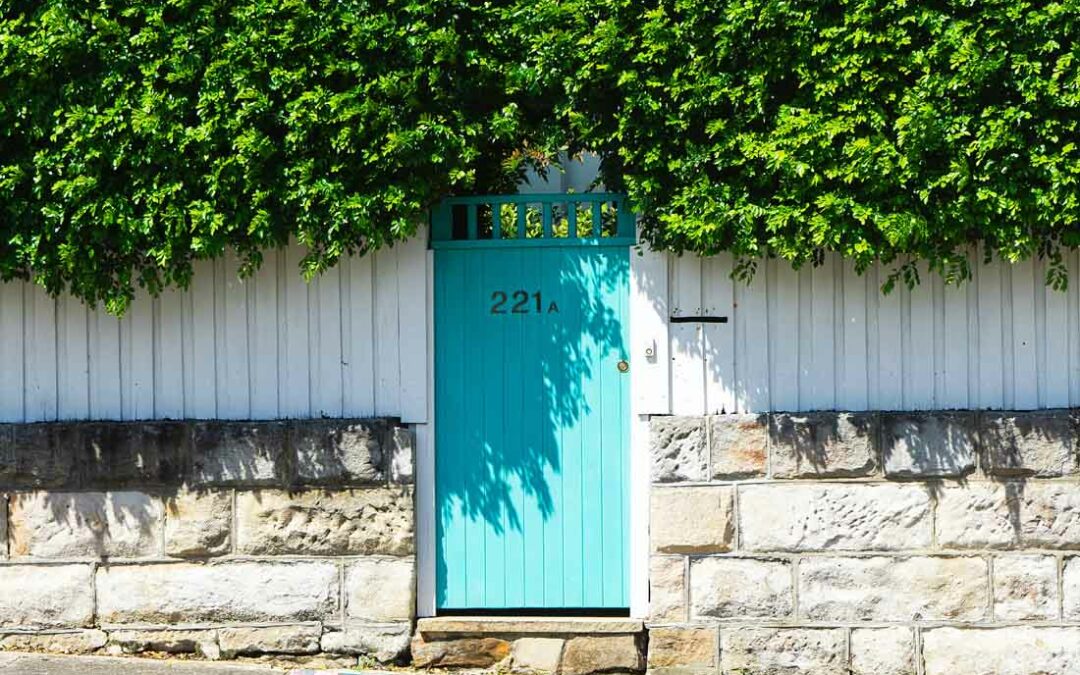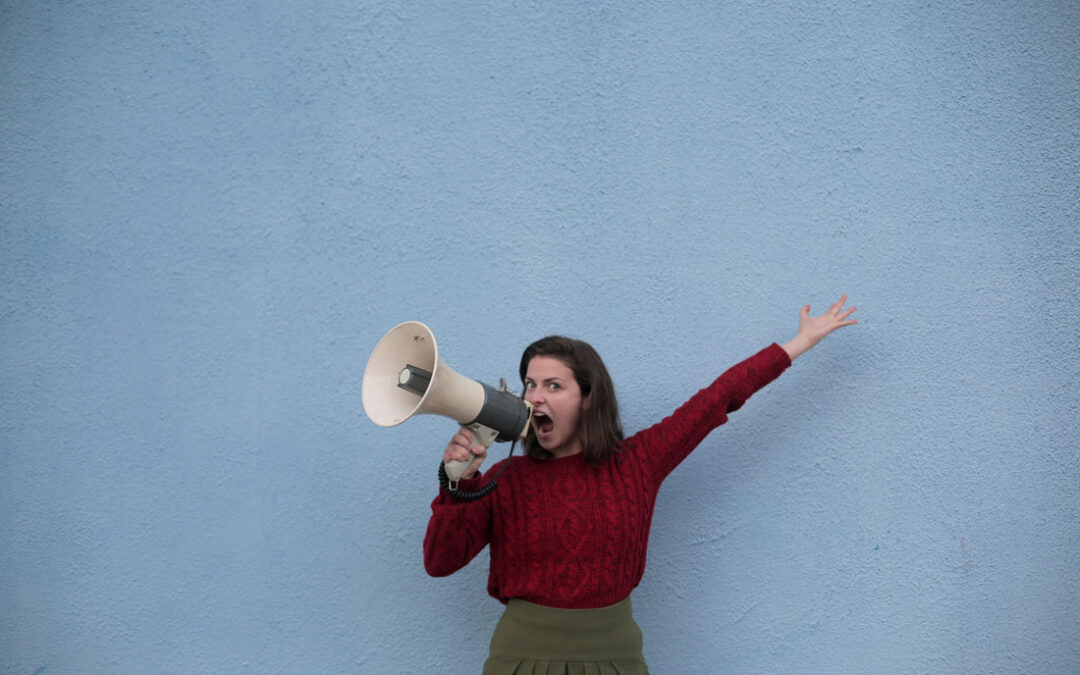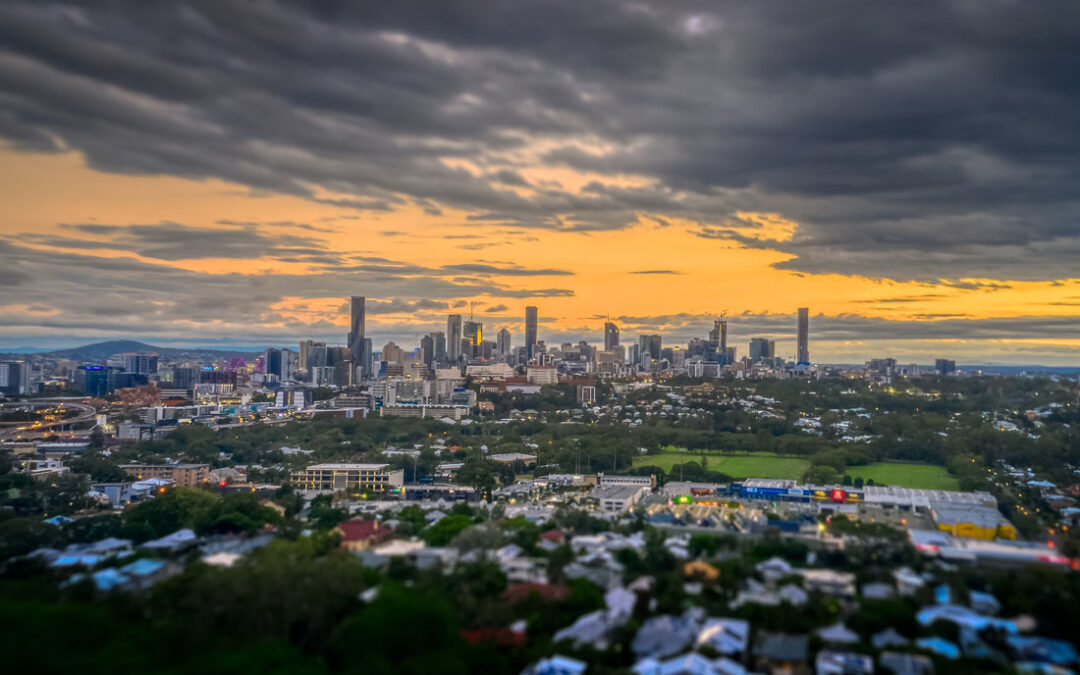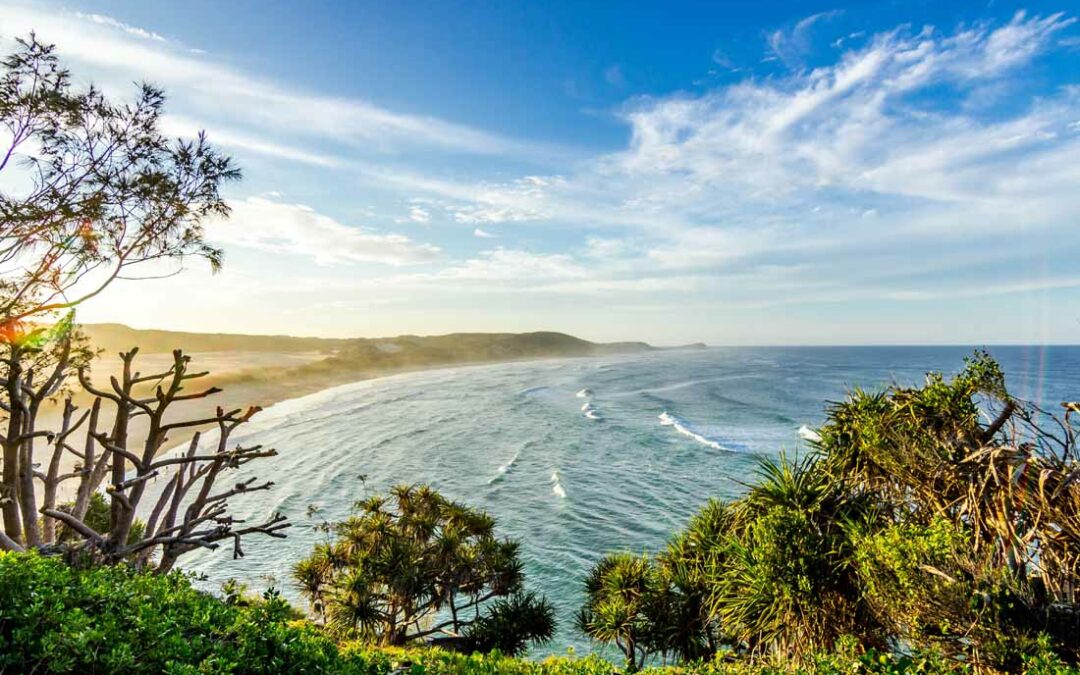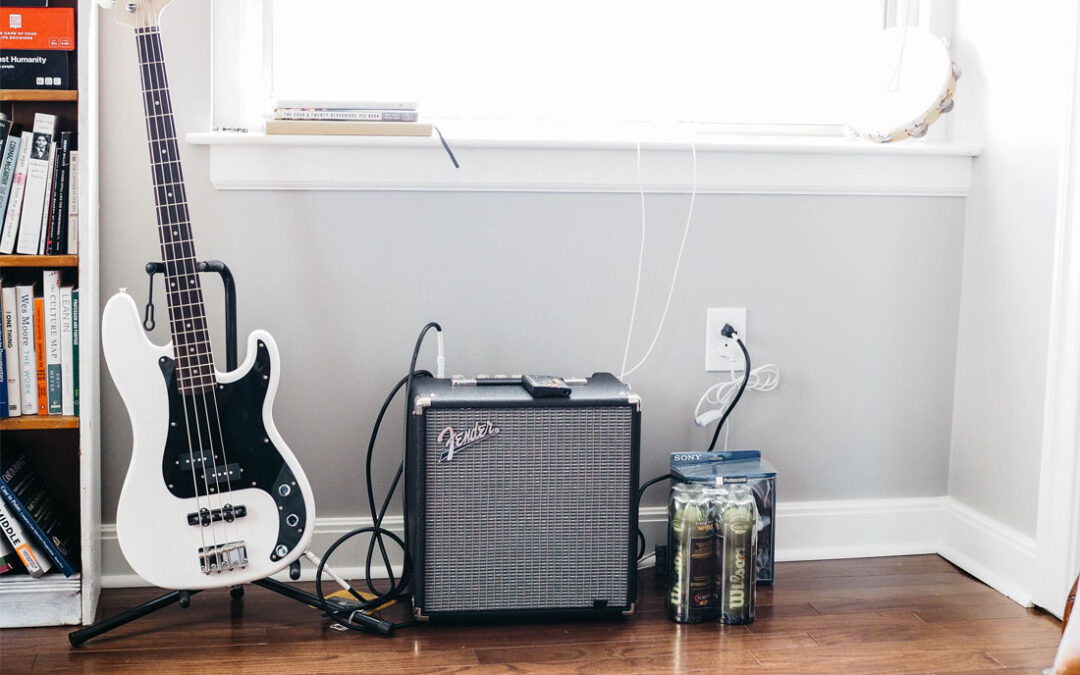
There’s a good chance you have a lazy $6k lying around your home
Whether you’re looking for extra cash to purchase a property, or could do with a few thousand dollars to pay off your existing mortgage, the average Aussie household could make nearly $6,000 from selling their pre-loved items.
Turns out we’re a bunch of hoarders that’d make the Kerrigans blush, according to the 2020 Gumtree Second Hand Economy Report.
Indeed, more than 85% of us have unwanted items collecting dust around our homes that we could sell on second-hand trading platforms.
Just how much you ask? Well, the average Aussie household has 19 items, worth $5,800, scattered around their home that they should probably sell.
That’s a $500 increase per household from this time last year.
Tell him he’s dreamin!
It kind of makes sense when you think about it.
When was the last time you jammed on your guitar or keyboard? Or cooked in nan’s cast iron pot? Maybe it’s been a while since you shifted the gears on the exercise bike, bench-pressed those weights, or popped up on the surfboard.
Need some more inspiration for your big spring clean? Here are the most common pre-loved items households could sell:
Clothing, shoes and accessories: 53% (of households)
Books: 45%
Music, DVDs or CDs: 44%
Electronic goods (including phones, PC’s): 41%
Games and toys: 35%
Home decor/furniture: 28%
Tools/gardening/DIY items: 21%
Appliances: 20%
Kitchen/dining items: 17%
Chairs: 17%
Lamps: 15%
Covid-19 isn’t deterring buyers or sellers
Quite the opposite.
In fact, 42% of Australians surveyed in the report say they’re more likely to sell items through the second-hand economy now than before the pandemic.
That’s probably because 63% say they’re concerned about their ability to pay household expenses such as their mortgage, bills and food.
Just be sure to practice COVID-19 safe trading if your buying or selling, by:
– scheduling a video inspection of an item where possible
– washing your hands before and after meeting in person
– cleaning items before using (and asking the seller to do the same before purchase)
– considering contactless delivery via a courier service.
Final word
As mentioned above, if you’re looking for extra cash to purchase a property, well, you know where to find us when it comes to getting finance for it.
If, on the other hand, you’re simply wanting to pay off your existing mortgage faster, then be sure to get in touch with us – we have plenty of other tips and ideas we’d love to share with you.

